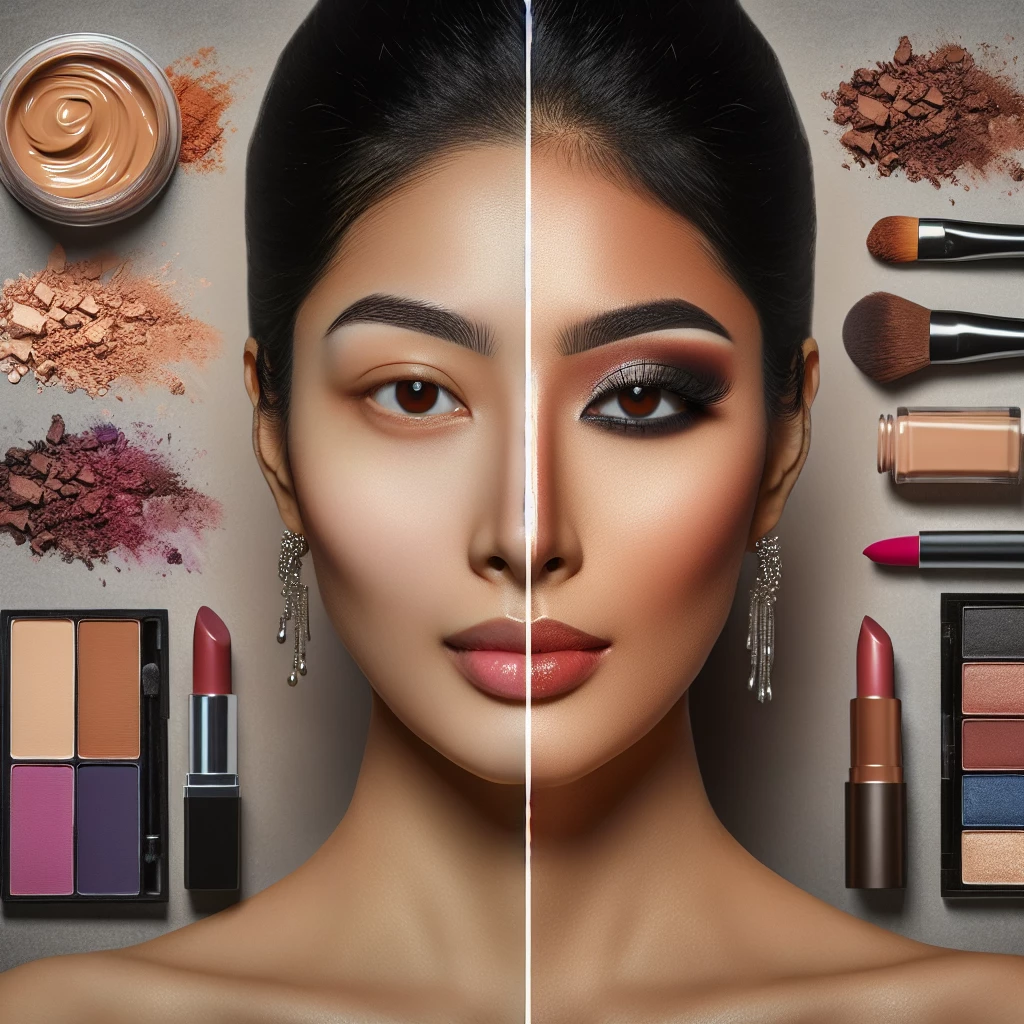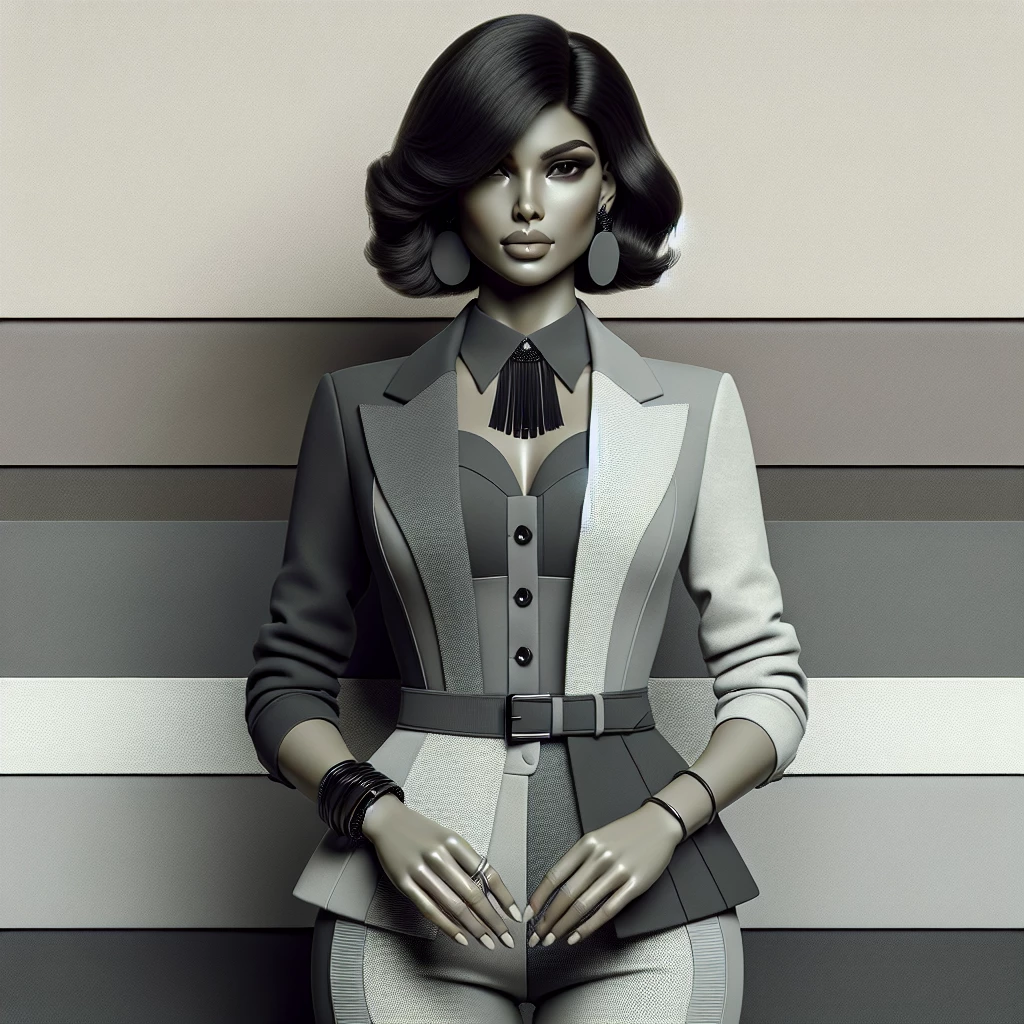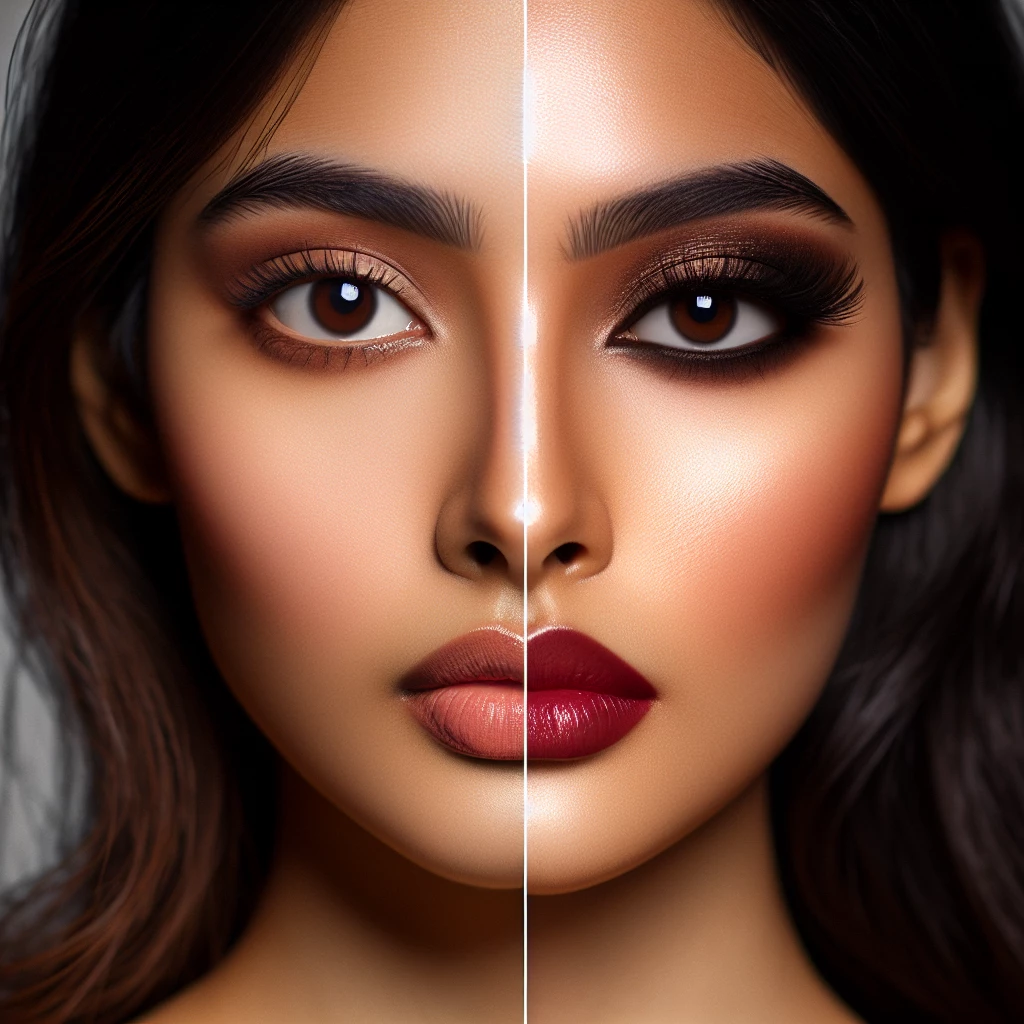The ability to transition makeup from subtle to sultry is an art form that can take a look from day to night effortlessly. Whether you have an unexpected event or a sudden change in plans, knowing how to quickly adapt your makeup is a valuable skill. This article will examine the concept of transition makeup, offering tips and tricks that can help turn a casual workday face into sparkling event-ready glam. So, get ready to explore the world of quick changes and master the art of the makeup transition.
Choosing the Right Base
The foundation of transition makeup, quite literally, is your foundation. Opt for long-lasting, buildable products that can see you through the day and into the night. A thin layer can provide natural coverage for the day, while additional coverage can be added for the evening without looking cakey.
Blush and bronzer play a crucial role in changing your appearance from everyday to evening. A soft application for the daytime can be deepened with additional layers or a slightly darker shade to create a more dramatic nighttime look.
Remember, the ultimate goal of daytime makeup is to achieve a clean, flawless complexion. For nighttime, you can be more experimental and add more color and coverage. The key is to layer and blend well to achieve a seamless skin finish.
Focus on the Eyes
For daytime, opt for a neutral eyeshadow, a coat or two of mascara, and if you wish, a swipe of eyeliner. As you step into the evening, deepen your eyeshadow with darker shades in the corners and creases.
For a seductive look, try smudging the eyeliner to create a smokey effect. Don't forget the under-eye area for a more dramatic look. Finally, apply generous coats of mascara for voluminous lashes.
Eyebrows frame your face, so don't overlook them. They can be lightly filled in for daytime, but night allows for bolder brows. Use a matching brow powder to intensify your look.
Enhancing the Lips and the Final Touches
Daytime usually calls for neutral or light lip colors, while evenings can handle more dramatic shades. From bold reds to deep berries, choose a shade that matches your mood and outfit.
One last tip—don't forget your setting spray. It keeps your morning makeup fresh during the day, and a quick spritz can revive your look for the evening.
Ultimately, the tools you use are just as important as the makeup you choose. Brushes can offer precision, while sponges can provide a more airbrushed, natural look. Selecting the best tool for your desired look and product will make your transition easier and your end result more polished.
With these makeup tips and a little practice, transitioning your look from day to night can be a seamless process. Remember that makeup is a form of self-expression and should be enjoyable. Don't be afraid to experiment with new techniques and products to achieve your desired look. So, go ahead and embrace the subtle and the sultry, the professional and the party-goer, all in one day. With transition makeup, you can be whoever you want to be.

Five-Minutes Makeup Hacks
In search of a quick and reliable makeup routine? Discover our top five-minute makeup tips.

Introduction to Organic Beauty Products
A deep dive into the pros and cons of incorporating organic beauty products into your daily makeup routine.

Transition Makeup from Day to Night
Discover effective tips for ensuring your makeup transitions smoothly from day to night.

Mastering the Monochromatic Look
Uncover the secrets to nailing the trendiest monochromatic makeup looks with our step by step guide.
